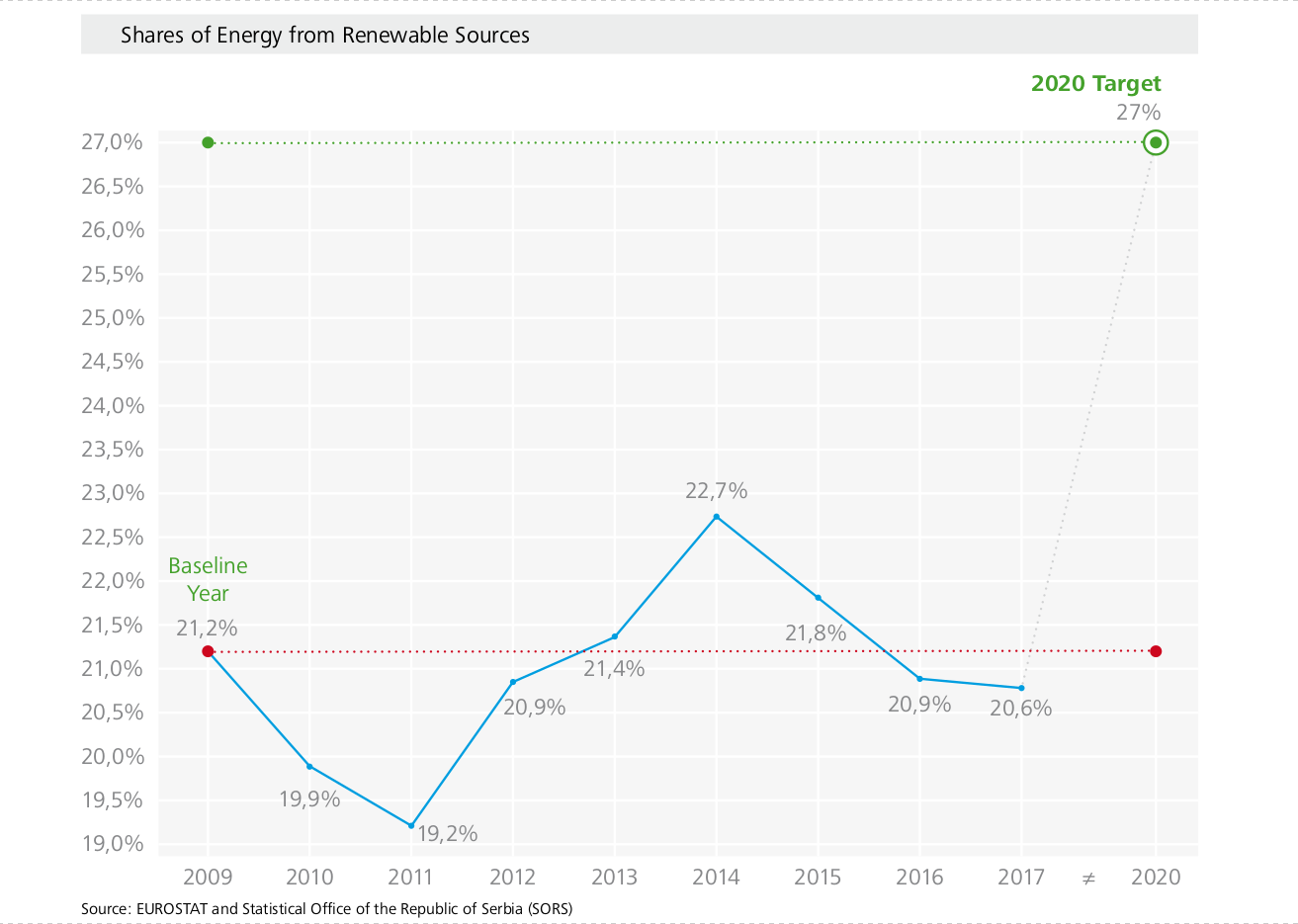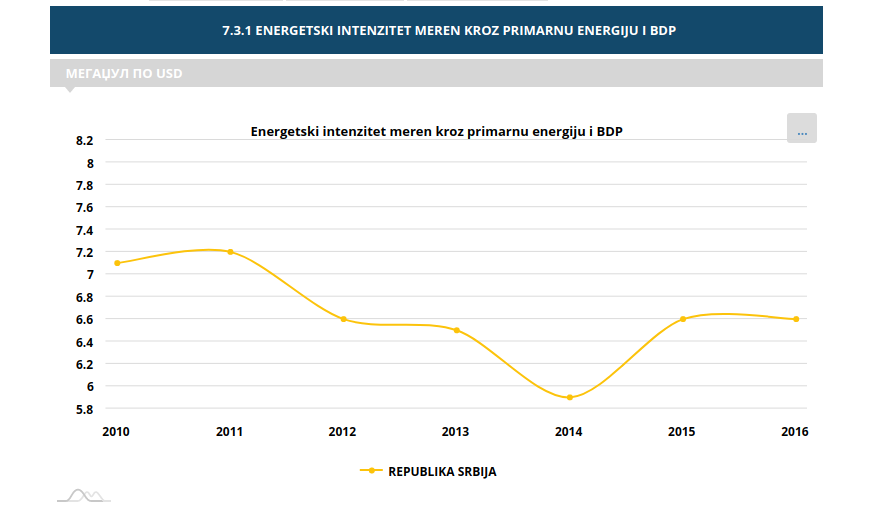Freeing people from hard physical labor and creating more free time is a generational dream of humanity. Animals have played a significant role over a long historical period and have been a major driver of the economy, making it easier for people to cultivate land and transport goods. Along with the energy gotten from animals, bioenergy, primarily from wood, has been used for centuries. As energy demand grew, except for wood, people started to use water and wind, which propelled the first industry in England.
Andreas Malm explains in his book Fossil Capital that there has been a shift from renewable energy to fossil fuels. Investing in fossil fuels was not cheaper at first, the water flowing constantly and the wind blowing no matter what was going on, while the use of the steam engine required additional energy in the exploitation and transportation of coal. Yet there has been a shift, first in England and then around the world, from energy from water and wind to energy from coal and later oil and gas. This decision was first and foremost a political one, as the mobility of fossil fuels made it easier to control dissatisfied workers and replaced production to already overcrowded cities, where there was excess labor and child labor was common as well.
Fossil fuels have also brought great advancement to humanity, but we can see the price we have to pay in the account that the planet is giving us today. The consequences of climate change, the impact on population health and the degradation of space are only part of the constantly rising price. Fossil fuels that have opened up many opportunities for some previous generations are threatening to leave no chance for future generations. That is why the United Nations has recognized that the affordable energy from renewable sources must be a political goal in the future, as this is the only way to transform into a sustainable energy system that is in harmony with nature and meets the needs of humans.
Sustainable Development Goal number 7: Ensure access to affordable, reliable, sustainable and clean energy for all
The importance and urgency of the availability of clean and sustainable energy for all is recognized in the UN Agenda 2030 and is listed among the Sustainable Development Goals. Goal 7 focuses on energy production methods and how to make the energy produced in this way accessible to all.
What differentiates the 2030 Agenda from the Millennium Goals are measurable sub-goals, the so-called targets, which are to be met by 2030. Each target is monitored by indicators that are monitored year after year to measure how well these countries have progressed in the implementation of these goals, both globally and at the national level. Unlike some Sustainable Development Goals, which have over twenty targets, goal 7 has only five, followed by six indicators. In fact, goal number seven, which deals with affordable and sustainable energy, and goal number thirteen (which relates to climate action) have less than ten targets. Despite having only five targets, goal number seven is not less complex or easier to achieve than other goals.
To reach Goal 7, universal access to low-cost, reliable and modern energy services is needed by 2030. Globally, progress has been made so that today 89% of the global population is covered by the electricity grid, yet there are still about 840 million people left without access to electricity. Serbia is quite well listed in this case and almost the entire population is connected to the electricity grid. Despite this, access to energy is difficult for the Roma population, so the percentage of connection to the electricity system is much lower than that of the dominant population.
In addition to accessibility, the energy that comes to citizens needs to be clean. By the end of 2030, the share of renewable energy in the global energy mix needs to be significantly increased, which is one of the most challenging target. Although there is a lot of talk about renewables and examples of good practice globally the shifts are small. From 2010 to 2016, global growth in the use of renewable energy in final consumption was only 0.9%, from 16.6% to 17.5%. These tiny shifts represent a threat because without a quicker transition to renewable energy, climate targets cannot be met.
The Republic of Serbia has also not made major progress in the field of renewable energy until recently. In Serbia, more than 81% of total energy is still generated from fossil fuels, primarily coal (69.2%), the rest goes to energy from large hydropower plants and inefficient burning of wood. In contract signed with the Energy Community, Serbia has set itself the goal that by 2020, 27% of primary energy will come from renewable sources. Currently, more than half (59%) of the energy from renewable sources comes from biomass, which is mainly used for individual heating, while only 18% of the total biomass energy is used in thermal power plants.
According to a report from the Energy Community, in 2017, Serbia had a share of 20.6% of renewable energy in the total energy balance. This share is 0.6% lower than in 2009, due to the increase in total energy consumption and the lack of investment in renewable energy sources. In order to reach 27% of total energy from renewable sources, Serbia has decided with subsidies to support producers producing energy from renewable sources. The most visible in the public are the construction of wind farms and mini-hydropower plants. Mini-hydropower plants, in addition to not having the capacity to produce the energy they need, have proven to be very damaging to the environment and local communities. Wind energy is becoming increasingly popular and new wind farms are opening up. However, it takes a certain amount of time to evaluate their work and contribution.

The third target is to double the global energy efficiency improvement rate by the end of 2030. Global primary energy intensity (ratio of energy consumption per unit of GDP) improved from 5.9 in 2010 to 5.1 in 2016. Therefore, the improvement rate was 2.3%, which is still less than the 2.7% annual rate required to reach this target. Serbia has worse than the global average in this case and it could be said that is quite energy inefficient. The Energy Efficiency Law provides the establishment of an energy management system that would lead to energy savings. Unfortunately, the implementation of this system has been lacking, and since 2012, Serbia has hardly improved its energy efficiency.

What to do?
Providing affordable, accessible and clean energy for everyone has proven to be goal which is very hard to reach. First of all, in order to give everyone access to energy, while keeping it clean, financial support is also needed. Developing countries do not have enough money to fund such projects, and international solidarity and accountability are therefore needed. A global fund for the development of renewable energy sources needs to be provided.
Just as in the early nineteenth century there was a political will in England to switch from water to fossil fuel energy, today it takes political will and international cooperation to leave fossil fuels behind us. Today it is technically possible to obtain cheap and affordable energy from renewable sources and humanity no longer needs the dirty energy.
Serbia, as part of the global community, also needs to improve its results, primarily because of its citizens dying from the effects of water, air and soil pollution, while the energy produced is inefficient. It is necessary to switch to sustainable sources but also to significantly improve energy efficiency, because the cleanest energy is the one that saves.
Photo source: Belgrade Open School

